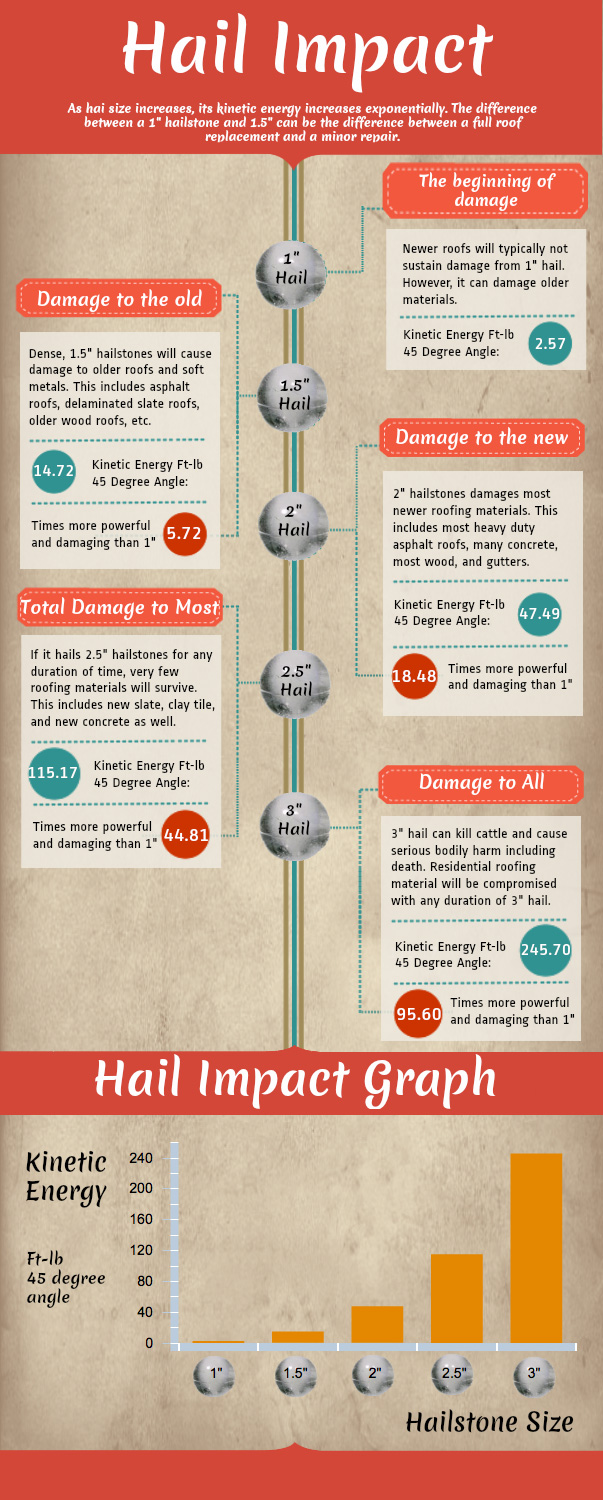Interested Concerning The Results Of Climate On Your Photovoltaic Panels' Efficiency? Discover The Trick To Maximizing Your Photovoltaic Panels' Result, Also In Unpredictable And Differing Climate Condition
Interested Concerning The Results Of Climate On Your Photovoltaic Panels' Efficiency? Discover The Trick To Maximizing Your Photovoltaic Panels' Result, Also In Unpredictable And Differing Climate Condition
Blog Article
Web Content Create By-Franck Rafn
When it pertains to photovoltaic panel efficiency, recognizing how weather conditions enter play is vital. Image this: your photovoltaic panels indulging in the sun's glow, absorbing energy to power your home. However what happens when clouds roll in or temperature levels change? Just how does that effect your power manufacturing? By diving into the detailed dance between climate and photovoltaic panels, you'll discover important understandings that can aid you make the most of your renewable resource setup. Check out the subtleties of sunlight strength, temperature effects, and the role of cloud cover and rainfall in optimizing your solar panel efficiency.
Influence of Sunlight Strength
In some cases, the intensity of sunlight can dramatically influence the efficiency of solar panels. When the sunshine is strong and direct, your photovoltaic panels create even more electrical energy. However, throughout cloudy days or when the sunlight goes to a low angle, the panels receive less sunlight, lowering their effectiveness. To maximize the power output of your solar panels, it's important to mount them in areas with ample sunshine direct exposure throughout the day. Consider variables like shielding from close-by trees or structures that might block sunlight and decrease the panels' efficiency.
To maximize the performance of your solar panels, consistently tidy them to get rid of any dirt, dirt, or debris that might be obstructing sunshine absorption. Additionally, ensure that your panels are angled correctly to obtain the most straight sunlight feasible.
Impact of Temperature Level Changes
When temperature adjustments occur, they can have a considerable influence on the effectiveness of photovoltaic panels. solar power installers operate best in cooler temperature levels, making them much more reliable on moderate days compared to very hot ones. As the temperature increases, photovoltaic panels can experience a decline in performance because of a sensation referred to as the temperature level coefficient. This effect causes a decrease in voltage outcome, eventually influencing the overall power manufacturing of the panels.
Alternatively, when temperatures drop too low, photovoltaic panels can also be influenced. Exceptionally cold temperatures can result in a decrease in conductivity within the panels, making them less effective in producing electrical power. This is why it's vital to take into consideration the temperature conditions when installing solar panels to optimize their efficiency.
Function of Cloud Cover and Rainfall
Cloud cover and rainfall can significantly influence the effectiveness of photovoltaic panels. When clouds obstruct the sun, the amount of sunlight reaching your photovoltaic panels is minimized, leading to a decline in power production. Rain can also affect solar panel performance by obstructing sunlight and developing a layer of dirt or gunk on the panels, better decreasing their capability to create electrical energy. Also light rainfall can scatter sunlight, creating it to be much less focused on the panels.
Throughout overcast days with heavy cloud cover, solar panels might experience a considerable drop in power result. Nonetheless, it's worth noting that some modern-day solar panel technologies can still produce electricity even when the sky is over cast. Additionally, rain can have a cleansing result on photovoltaic panels, getting rid of dirt and dust that might have accumulated over time.
To optimize the efficiency of your photovoltaic panels, it's necessary to take into consideration the effect of cloud cover and rains on power manufacturing and make sure that your panels are effectively maintained to stand up to differing weather.
https://insideclimatenews.org/news/12012023/inside-clean-energy-solar-materials-effort/
In conclusion, climate plays a substantial role in the performance of your photovoltaic panels. Taking full advantage of sunlight exposure, taking care of temperature changes, and keeping track of cloud cover and rainfall are crucial factors to think about for ideal energy generation. Normal maintenance, such as cleaning panels, is critical for preserving peak performance. By recognizing just how weather affects your solar panel efficiency, you can make enlightened decisions to maximize power output and cost savings.
